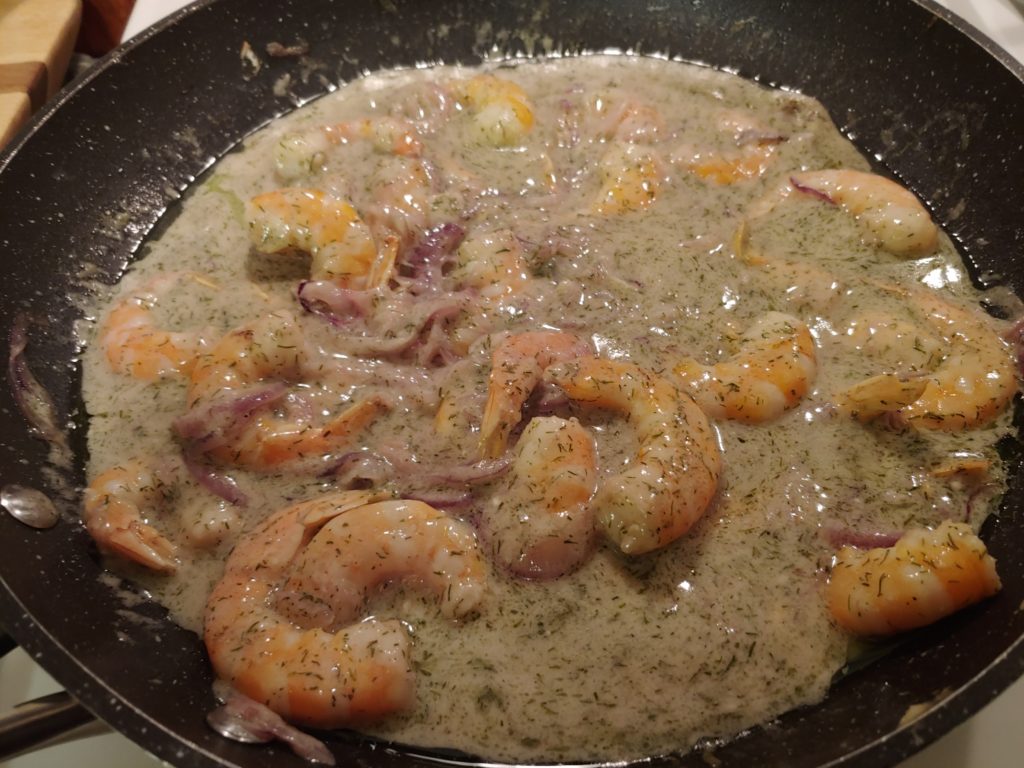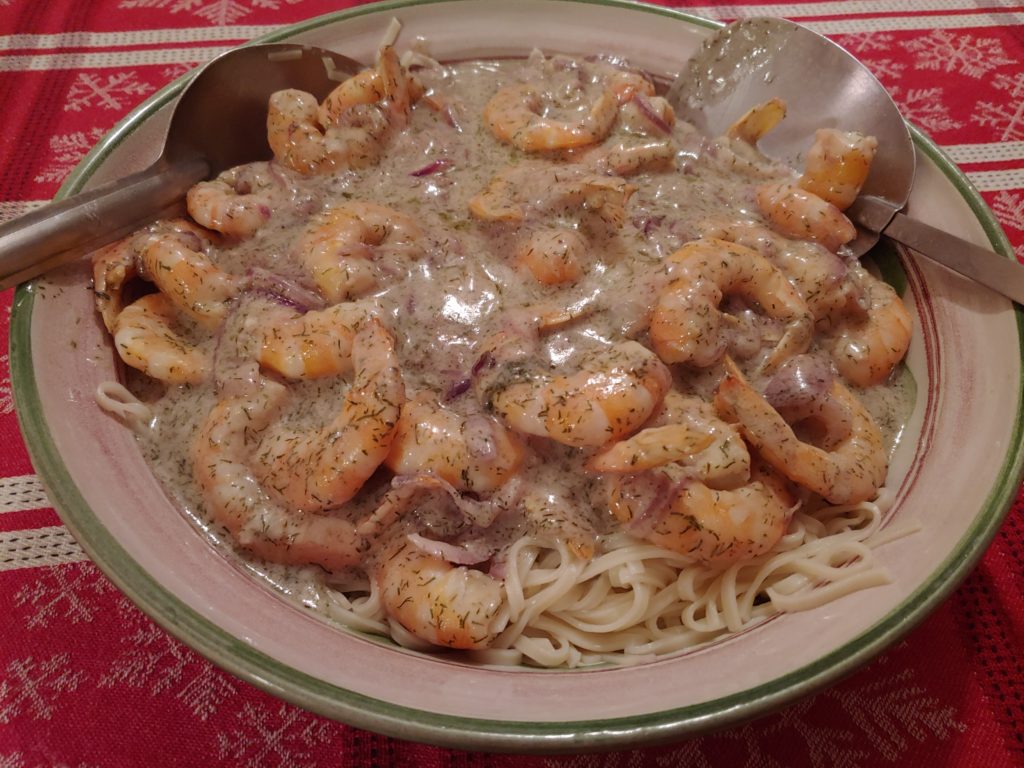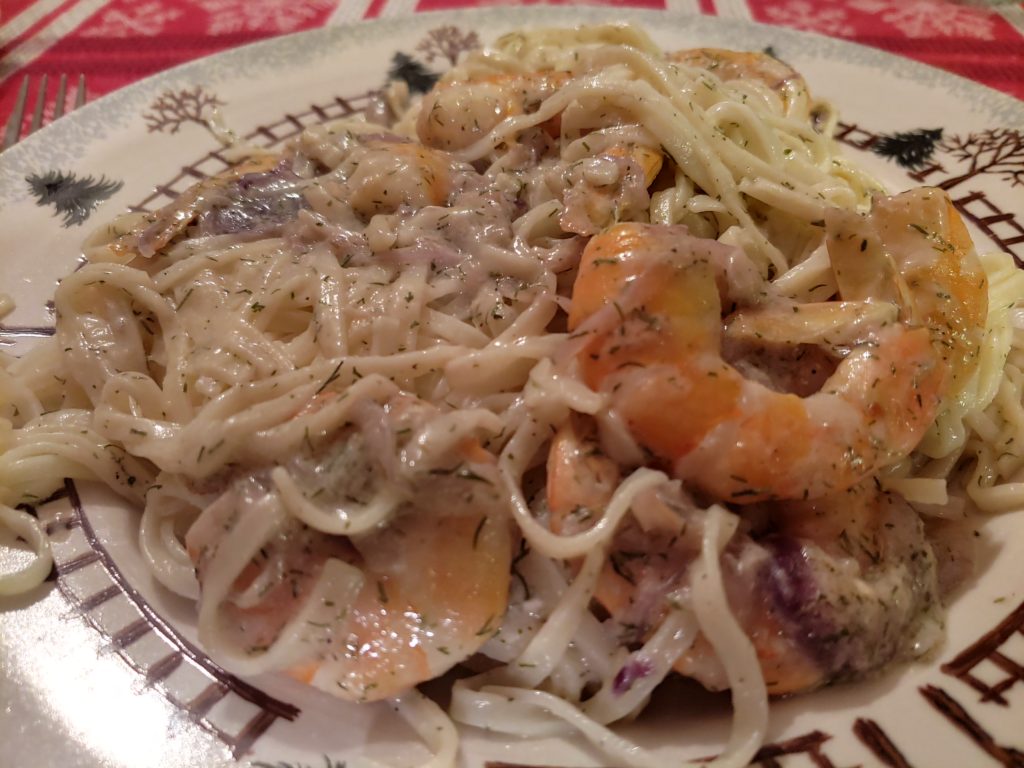
“My brain is melting into my feet.”
—Mel Brooks
New Year’s Eve is upon us, and I celebrate by posting my famed Hangover Cures For The New Year once more. Believe me, folks, I’ve been though it. So here is my treatise, again.
New Year’s revels have been with us since the beginning, and so have hangovers cures. The ancient Romans recommended eating deep fried canaries as a sure-fire cure. The ancient Libyans quaffed a mixture of sea-water and wine. The ancient Greeks recommended eating sheep’s lungs. The ancient Chinese swore that eating horse’s brains was the cure. In the 1800s in the U.S. it was thought that soaking your feet in mustard would do it. Among our Irish brethren it was thought that burying the person up to the neck in moist river sand would generate a cure.
Today in Mexico the national cure is menudo, a broth made of boiled tripe. In Haiti, it’s sticking 13 black-headed pins in the cork of the bottle you drank from that will deliver you from the hangover. In Puerto Rico, at one time, it was said that rubbing a lemon under your drinking arm would be the cure. In Poland, it is still recommended that drinking pickle juice is a good remedy (I would think twice about that one). A more modern cure among scuba divers is taking a blast from an oxygen tank. Some say a steam sauna is the best way to get rid of a hangover. But what if you don’t have access to a sauna?
My experience with hangovers comes from my wild and misspent youth when I was known for more than my share of imbibing. The following remedies are what I consider to be tried and true options, as far as the primordial hangover is concerned.
1. Drink plenty of fluids. Booze dehydrates you. Replenish your system with fruit juices and water. Orange juice with its vitamin C content is especially good.
2. Take a hot shower. This relaxes constricted blood vessels and tense neck muscles.
3. Avoid caffeine. It dehydrates you more. Drinking black coffee will probably make you sicker.
4. Tray good ole Alka Seltzer the next morning. Avoid aspirin, Tylenol or Ibruprofen. Aspirin is a blood thinner, and just like alcohol it can intensify the affects of a hangover. Tylenol (acetamoniphen) can adversely affect the liver. Ibuprofen can cause stomach bleeding.
5. Sweat it out. Exercise the toxins out of your system. But beware that too strenuous exercise may dehydrate you more. I do a series of breathing exercises from our Kung-Fu Wu-Su system called 8 silk weaving. This is marvelous for easing a hangover.
6. Pop some vitamins. B vitamins (especially B6) help the body metabolize alcohol. B vitamin supplements also provide a boost of energy. Vitamin C helps detoxify the body naturally, reducing the affects of the poisons in your system.
7. Ginkgo Biloba (ginkgo seeds) is considered a good herbal remedy since ginkgo contains an enzyme that speed up the body’s metabolism of alcohol.
8. Drink skullcap tea made from an herb (skullcap) that eases withdrawal from the alcohol. It can be found in capsule or tablets in health food stores. I like skullcap tea sweetened with pure, raw organic honey. Believe me, you’ll feel better in an hour or so.
9. Another good tea drink is peppermint. The mint contains antioxidants which is a natural stomach soothener and digestive aid.
10. Ginseng tea or ginseng root (steeped in hot water) soothes the stomach and helps with stomach troubles (endemic to hangovers). I prefer Korean Panax ginseng tea (which contains fructose).
11. Which leads us to the next cure, fructose (or fruit sugar), which speeds the body’s metabolism of alcohol by 25%. Or try putting some raw honey in your tea (it’s more than 40% fructose). Recall that among old time bartenders the favored hangover remedy was just honey in hot water.
If nothing works you can always try the time honored “Hair of the Dog.” That is, having a shot on booze, preferably gin or vodka. Something about the blood stream dealing with the new alcohol and thus ignoring the old alcohol, and the hangover in your system. For the record, I have never tried this, and I don’t think I ever will. And then there’s offering prayers to Saint Viviana, patron saints of drunkards and, concurrently, hangovers.
But my best hangover cure of all is simply, rest, peace, and quiet. Just sleep it off.
That time of year again; and again I post my famed Hangover Cures for the New Year. The post is based on research and experience. Believe me, friends, I’ve been through it. My wild and misspent youth speaks for itself. I no longer indulge in New Year’s Eve festivities. I’ve had enough of those days. In fact, in one memorable New Year’s Eve party, I was thrown out a window—but that’s anther story Be t as it may, for those who still over-indulge, here is my treatise—again.


















